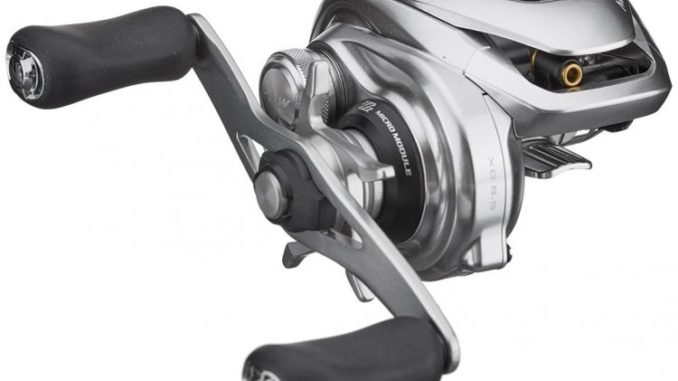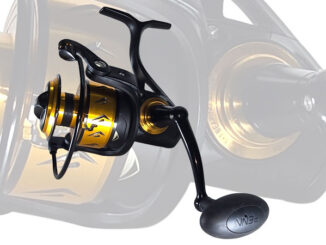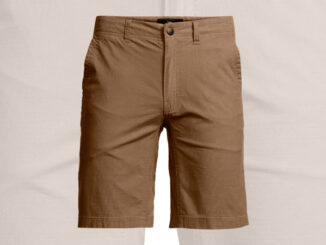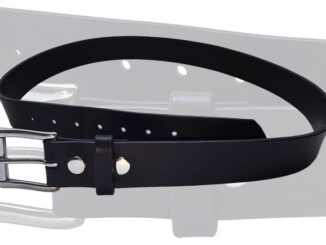
OK, so you’ve selected a proper rod or two, now it’s time to get a reel. Here again is a primer on reel rations and the techniques for which they’re desired. I got in touch with Trey Epich, one of Shimano’s reel gurus, and discovered the following.
For your “standard’’ sized baitcast reels:
-5.1:1 takes up 20-22 inches per turn
-6.3:1 takes up 25-27 inches per turn
-7.1:1 takes up 29-30 inches per turn
“The variance there is dependent on the spool diameter. For a example, a reel with a 34mm spool diameter will pick up more line than a 32mm spool diameter if the gear ratios remain constant,” Epich says. “As you get into bigger reels with larger spool diameters, you really need to pay attention to the inches per turn (IPT), and not just the gear ratio. IPT is defined as how much line is recovered with a full revolution of the handle.
“The biggest trend the market is seeing is with XG gear ratios, 8:1:1- 8.5:1. People want more line recovery to pick up slack quickly for better hooksets and also to keep more consistent tension on fish during fights,” he says. “I personally feel I lose fewer fish since I started fishing with XG reels. Aaron Martens, arguably the biggest gear head in the Elite Series said that he has 25 baitcast reels in his boat, and 23 of them are XGs.”
Now, when do you use a scorching 8.5:1 reel versus a slow 5.1:1? In general, you want to use a faster reel when throwing a Carolina rig when you need to take up a lot of slack in a hurry to get a good hookset. Personally, most of the reels I take inshore are moderate speeds, like a 6.3:1. These are good for topwaters, paddletails, spinnerbaits and live bait. The slower reels are ideal for jerkbaits and crankbaits, where the tendency is to work them too quickly — using a slow reel is good insurance against retrieving them too fast.


